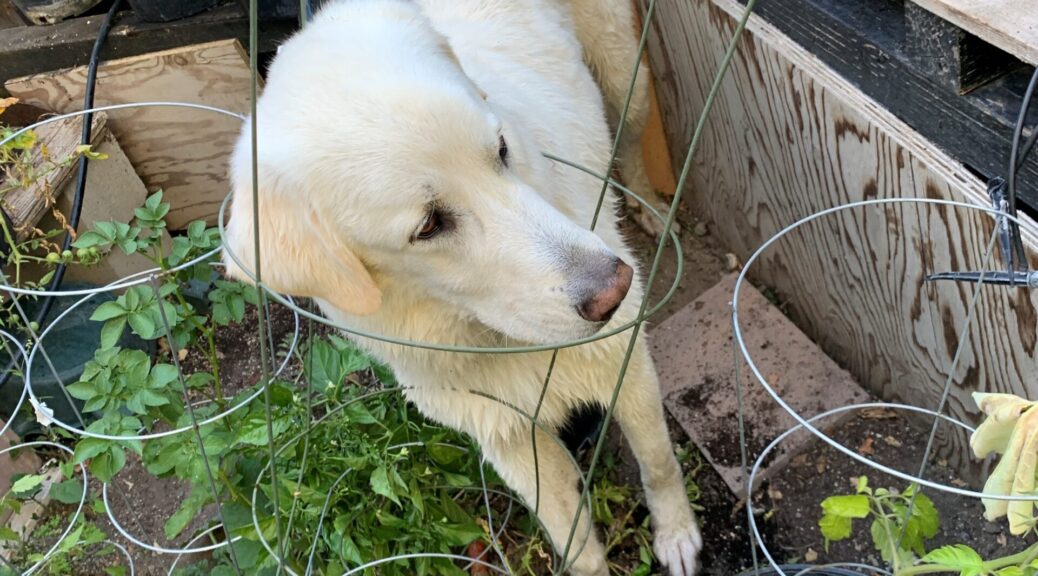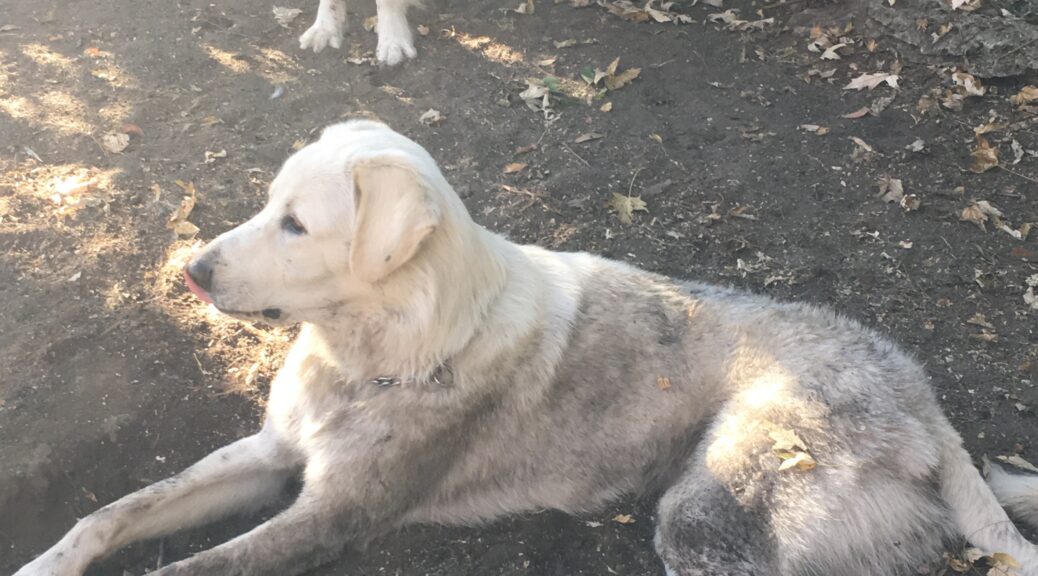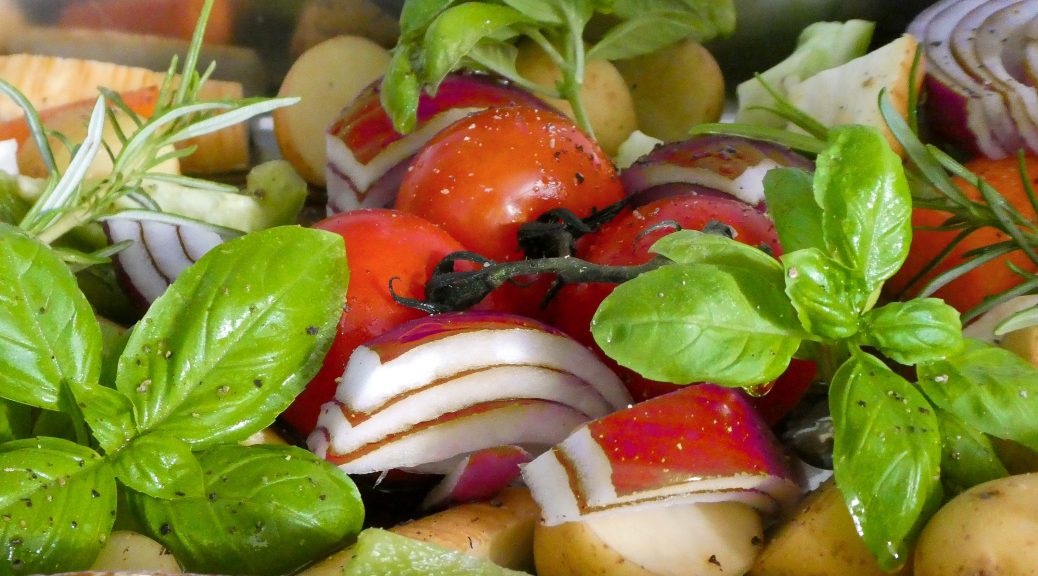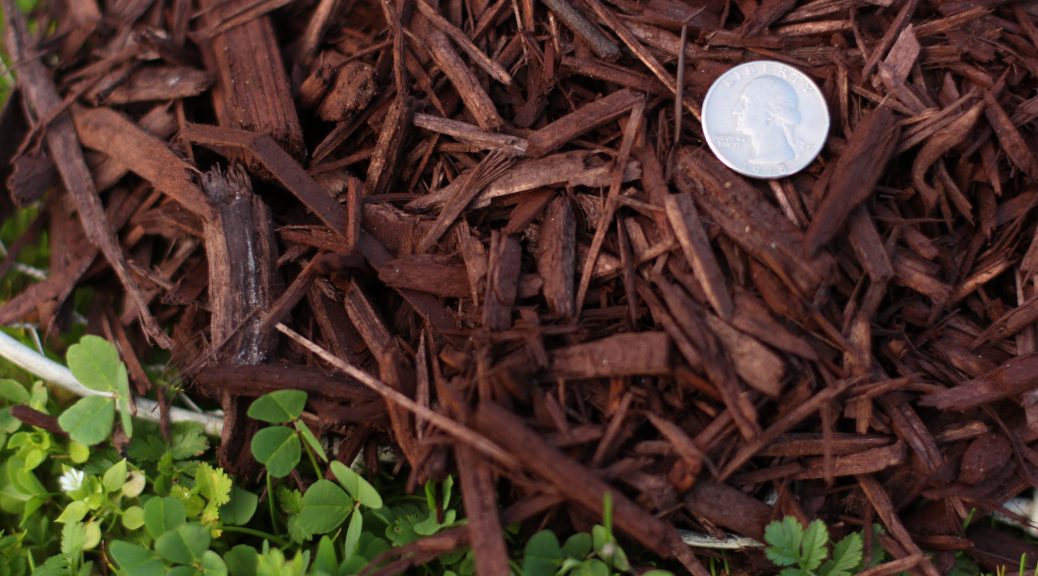Summer has taken it’s toll on everything and everyone so far, these 100+ degree days really take it out of you! But, that doesn’t mean that everything has to look like a wasteland in your yards either. There are plenty of steps to take to help preserve and bring back any plants or flowers that are struggling.
First things first, make sure you are matching plant types to the right zones in your yard! Not every “summer living” plant can handle full sun all day! Some of the seasonal summer plants need to be in the shade for part or even half of the day to stay vibrant and lively. So, start by doing a little research. Can my plants handle the full sun spots in my yard? Which ones should I be moving to an area that gets shaded during the day? Are the trees I have in the yard going to aid in providing shade for some of the other plants? Geranium, Lantana, Mealycup Sage, and Zinnia are all gorgeous full sun summer flowers that can brighten up your yard, on top of bringing in the wildlife. Bees and Humming birds will notice when you add flowers in your yard that can sustain themselves, and in turn aid you in keeping your crops vibrant too!
If you have those partial shade areas Cone Flowers, Ferns, and Daylilies are great options! No one likes seeing big open spaces with nothing going on in them. Finding partial shade plants and flowers to fill the voids will tie your yards all together to make a whole masterpiece!
Once you’ve made sure your plants are in their correct zones a great way to keep them thriving during the summer is to Prune and Dead Head those plants! – Get your tools and green waste can out. Once your shrubs are done blooming, deadhead and trim. Most plants and flowers will reproduce their flowers once they get rid of their “dead weight”. Keeping dead heads of flowers on your plants can stunt their growth and greatly shorten their blooming periods. Plus, who wants to look at dry and crispy dead flower pods on their plants when trying to enjoy their yards? By also trimming your plant, you help them stay as happy and healthy as they can be. It is not uncommon for plants to grow “outside their limits” especially when potted. This means it’s growing more or longer stems/leaves and the roots have trouble keeping up with the above ground growth. Keeping your plants under control will aid in them looking the best they can!
Next step will be to help Preserve! – This can mean making sure you are watering correctly, but also at the best time of the day! I know it may be hard to see your plants looking wilted at the mid day mark and it’s scorching hot out, but best to wait to water until the cool off period of the night begins. Wait until the sun is almost down if you can, or at least not beating over the top of your yard to water! Watering at the peak of the day can actually cause the roots of the plant or even the leaves/flowers to burn as the water evaporates. If you have drip lines or sprinklers helping you out with the watering department, make sure to test and check your irrigation system for any leaks, cracks or damages. Also be sure to check what time of the day your systems are going off! Again, you wouldn’t want your sprinklers going off middle of the day in the peak of the heat. Drip lines are great for the summer since they will slowly add water to the base of the plant and usually won’t create a heat problem when placed correctly. Another great step can be adding a layer of bark 2″ to 3″. The bark will not retain all the moisture but help keep some in the areas around your plants, and also aid with weed control. The nice polished look of fresh bark is a bonus! Just make sure you have the green light to have bark in your yards with your HOA or even your insurance!
If you didn’t do it in the spring time, another great option to help your pants sustain their beauty will be to repot them if they have been in the same pot since last year! Often times a plants root system will overtake a pot which in some cases will stunt the plant itself! When they have too large of a root system in the pot, there isn’t always enough nutrients left in the little soil that is left in your pot, but can also increase the chances of root rot. Best rule of thumb would be to make sure your root ball is 1″- 2″ smaller than the pot you are placing it in. You can trim the roots just like you would trim the stems to keep them fitting the size of the pot you currently have them in, or you can go up in a size with your pot too! Which makes a great argument to having multiple plants/pots in a range of sizes so you can rotate as the plants need! Be careful when you upsize a pot that you don’t get a pot that’s too big but also not too deep! Deep pots are great for big plants that have vast root systems, but not for your tiny plants like marigolds. It would also be a great time to top off your plants with a fresh layer of new soil! Help add any nutrients back into their pots, or planted locations, with new soil right on top! All the benefits of the new soil will reach the roots as it migrates down through the current soil they are planted in.





